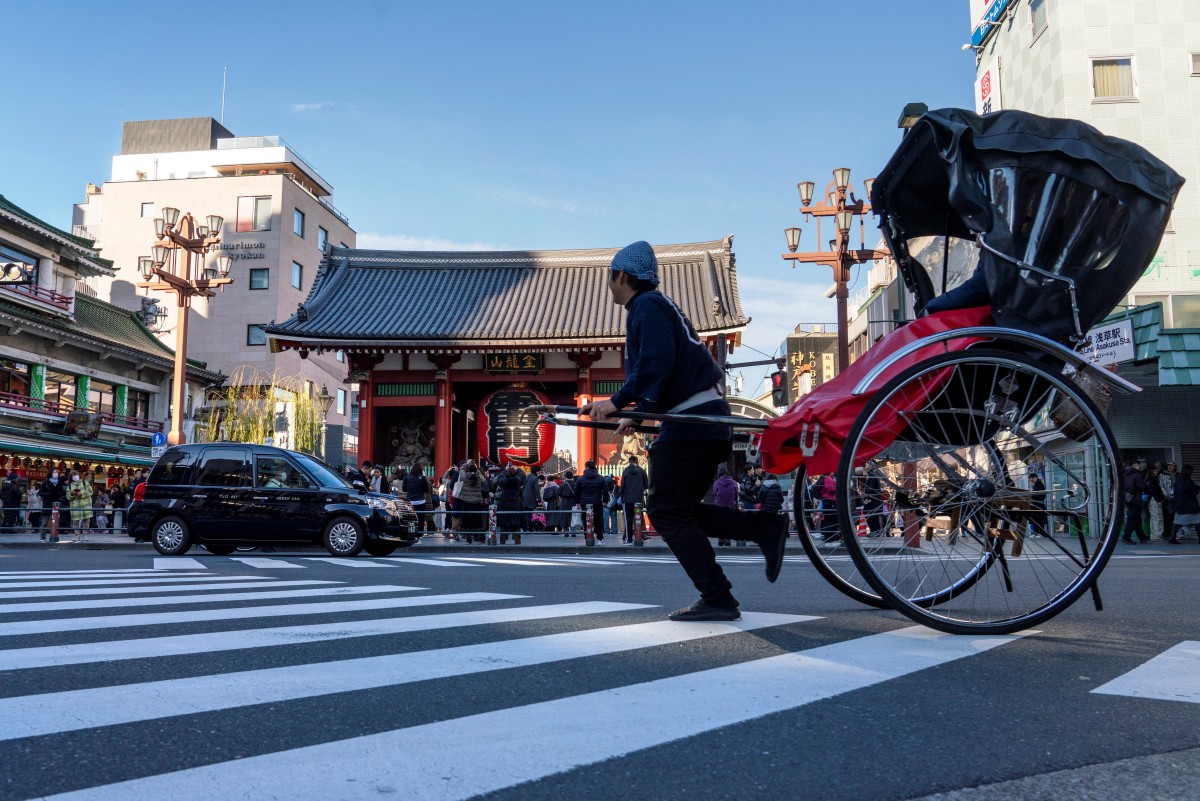
If it felt like everyone you knew had vacationed in Japan in 2024, it was because they probably had.
According to the country’s tourism agency, a record 36.9 million people travelled to Japan in 2024, up 47 percent from the previous year, as the weak yen helped boost the Asian nation to the top of many bucket lists. Last year's figures surpass the previous record of 31.9 million visitors in 2019, right before COVID-19 hit, by 15.6 percent.
“Right now, for sure, it’s our top destination,” says Catherine Heald, co-founder of New York-based travel agency Remote Lands, who said she had seen a 50 percent increase in requests to visit the country in 2024, compared with 2019.
With more visitors, however, comes overcrowding and strained infrastructure, prompting authorities to take action like banning tourists from parts of Kyoto's Gion district, charging a new entrance fee and limiting the number of people who can climb Mount Fuji. The government has exhorted visitors to venture beyond the beaten-track destinations of Tokyo, Kyoto and Osaka — so here are seven alternative places in Japan to visit, curated by Bloomberg reporters and editors.
Kanazawa
If you love Kyoto but hate the crowds, then Kanazawa might be for you. Nicknamed “Little Kyoto” and located around two and a half hours from Tokyo by bullet train, the capital city of Ishikawa prefecture boasts beautifully preserved Edo-period architecture and geisha districts, naturally drawing comparisons to the historic former capital.
The city was named Kanazawa, meaning “gold marsh,” after a peasant supposedly discovered flakes of gold while digging potatoes. Kanazawa is still known for the precious metal today, and artisans producing delicate gold leaf can still be seen across the city today decorating everything from soft-serve ice cream to Buddhist temples. Visit the gold leaf museum or take part in a workshop dedicated to gold leaf application for a unique souvenir.
No trip to Kanazawa would be complete without visiting one of its three geisha districts, the largest and best-preserved of which is the Higashi Chaya district, which boasts tea houses, performances for tourists and traditional wooden buildings.
Wrap up your trip with a visit to Kanazawa Castle, which is still being reconstructed following two fires. The highlight is the surrounding 11.4-hectare Kenrokuen Garden, known for being one of Japan's Three Great Gardens.
Japan Alps
For stunning scenery, the Japan Alps — a series of mountain ranges cutting across the main island of Honshu — are a fabulous escape.
The Alps consist of three ranges — Northern Alps (Hida Mountains), Central Alps (Kiso Mountains) and Southern Alps (Akaishi Mountains). Hida is the largest, stretching across Nagano, Toyama, Gifu and Niigata prefectures. Though often overlooked in favor of the magnificent Mount Fuji, they have much to offer to those looking to embrace the great outdoors, with huts available to book for overnight treks.
ALSO READ: Japan imposes new fees on Mount Fuji climbers to limit tourists
But you don’t need to be a keen hiker to enjoy the mountain scenery. Rural towns and villages, are easy day trips from nearby cities, with the Northern Alps the most accessible for all fitness levels. In Nagano, consider staying in Matsumoto as a base for day trips to places like Kamikochi mountain resort, which offers a variety of trails. Beginners can enjoy hiking along the Azusa River and visiting the Taisho Pond and Kappa Bridge.
One not-to-be-missed attraction is the Tateyama Kurobe Alpine Route. The sightseeing route, open from April to November, takes about five hours and utilizes multiple modes of transport, including bus, cable car and a ropeway. A highlight of the trip is the Tateyama Snow Corridor, where accumulated snow reaches heights of up to 20 meters, creating a stunning walled corridor. Murodo is the highest point of the route, offering a web of hiking trails. Be sure to visit the Mikurigaike Pond, a crater lake located about 10 minutes by foot from Murodo Station.
If you plan to stay in Toyama city, make your way to Kurobe Gorge, one of the deepest in Japan, where you can ride the Kurobe Gorge Railway, an open-air train that takes you on a scenic 20-km journey that takes about 80 minutes. The route has been temporarily shortened while it undergoes maintenance following damage from the Noto Peninsula Earthquake in 2024.
From Toyama it’s an easy hop to take in Ogimachi or Ainokura villages, famous for their thatched-roof gassho-zukuri — or “hands-in-prayer” — farmhouses, some of which rent out rooms for overnight stays.
In Gifu, Takayama makes for a great base camp, with its painstakingly well-preserved old town, whose roads are lined with Edo-style buildings. An hour by bus takes you to Okuhida, made up of five onsen, or hot spring, towns at the foot of the Northern Alps, famed for their outdoor rotemburo baths which give unhindered mountain views.
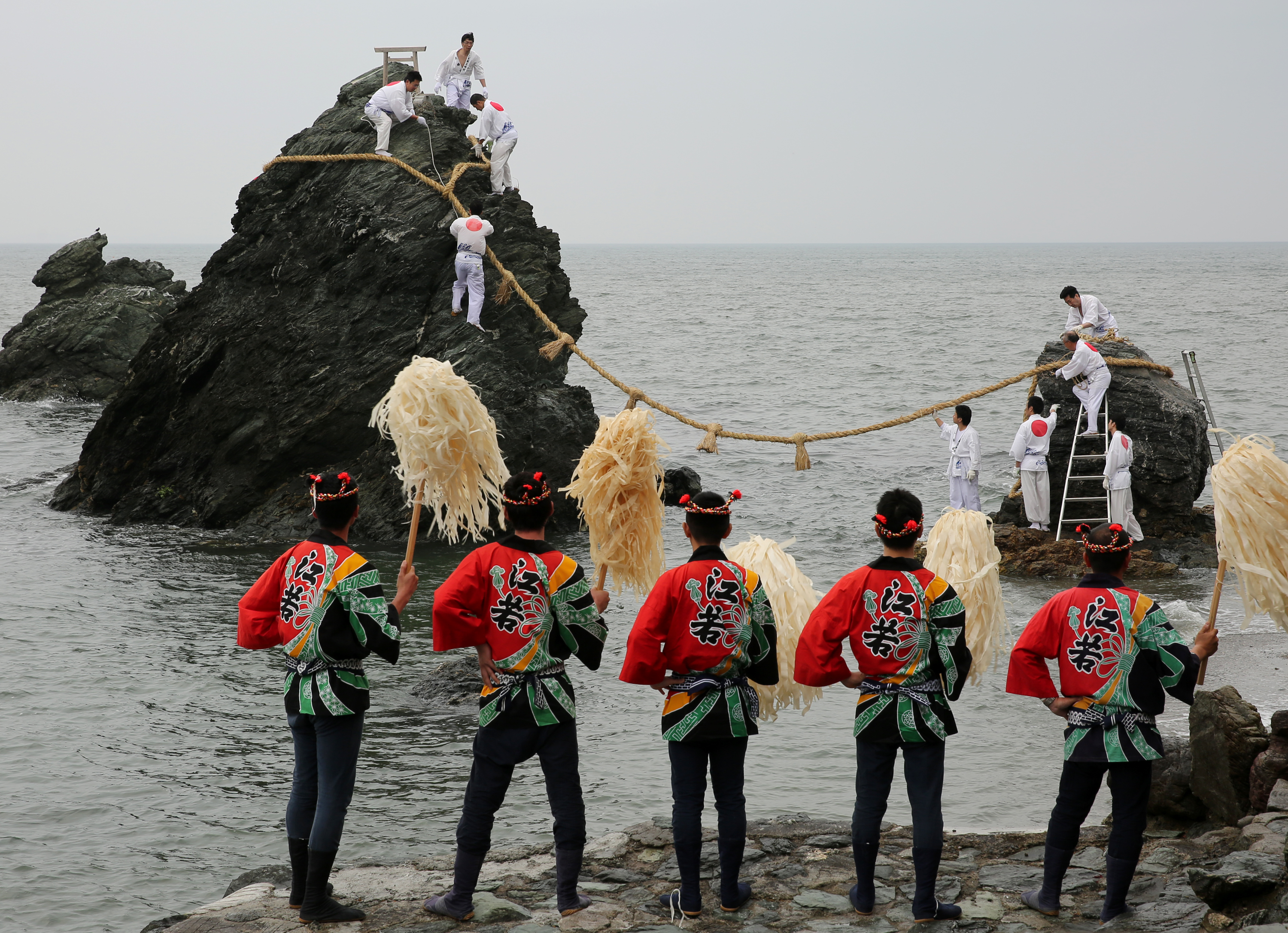
Ise-Shima
Located in central Mie prefecture and easily accessible by train from Nagoya, Ise-Shima is home to the magnificent Ise-Shima National Park, which covers almost 60,000 hectares of biodiverse coastline and forested mountains.
Nestled inland is one of the most sacred sites in Japan: Ise-Jingu, which consists of 125 shrines, the two most important of which are Naiku and Geku. Naiku, or Inner Shrine, is deemed the most venerable one on the site, dedicated to the sun goddess Amaterasu Omikami. Geku, or Outer Shrine, is dedicated to Toyouke Omikame, the Shinto guardian of food, housing and clothing.
A short stroll from Naiku is the bustling district of Oharai-Machi, lined with restaurants, souvenir shops, and Edo- and Meiji-style buildings. Make sure to sample akafuku, a mochi rice and red bean dessert whose shape symbolizes the Isuzu River. Another specialty is the local version of udon noodles, which are thicker and softer than the standard version.
Less than 15 km away, on the coast at Toba, pay a visit to an ama diver’s hut. Ama, known as "women of the sea", are female divers who employ traditional diving techniques without the use of oxygen tanks. Join them at their huts for freshly caught seafood cooked over an open fire. While you’re there sample an Ise ebi, a meaty, spiny lobster.
The ama are also known for collecting pearls. For jewelry lovers, and another chance to see the women demonstrating their skills, visit Mikimoto Pearl Island, which houses a museum dedicated to pearl cultivation.
Another landmark is the Meoto Iwa, or Wedded Rocks, which are two large rock formations in the ocean connected by rope made of rice straw, symbolizing fertility and union between a couple. The bigger rock topped with a torii gate is symbolic of the husband, while the wife is represented by the smaller rock.
Wakayama prefecture
For those with a keen interest in Japan’s religious past, there’s no better way to feed that curiosity than with a visit to Wakayama in the western Kansai region. Keen hikers can tackle the ancient Kumano Kodo pilgrimage trails, which link Kumano Sanzan, a collective name given to the three sacred sites of Yoshino-Omine in Nara, Kumano Sanzan and Mount Koya in Wakayama. The UNESCO World Heritage Site has paths for all levels — but beware, some are remote and challenging, even for veteran hikers.
After all that walking, experience more than 1,200 years of history at Mount Koya, considered to be the historic center of Shingon Buddhism. Here you can book an overnight stay in a shukubo, or temple lodging, and dine on traditional vegetarian shojin ryori cuisine.
Before leaving the prefecture, don’t forget to pay a visit to the world’s most adorable stationmasters — cats named Nitam and Yontama — who report for duty at Kishi Station. They’re currently in charge after predecessor Tama was deified, having been credited with saving the struggling station from closure by luring in crowds eager to see her in action.
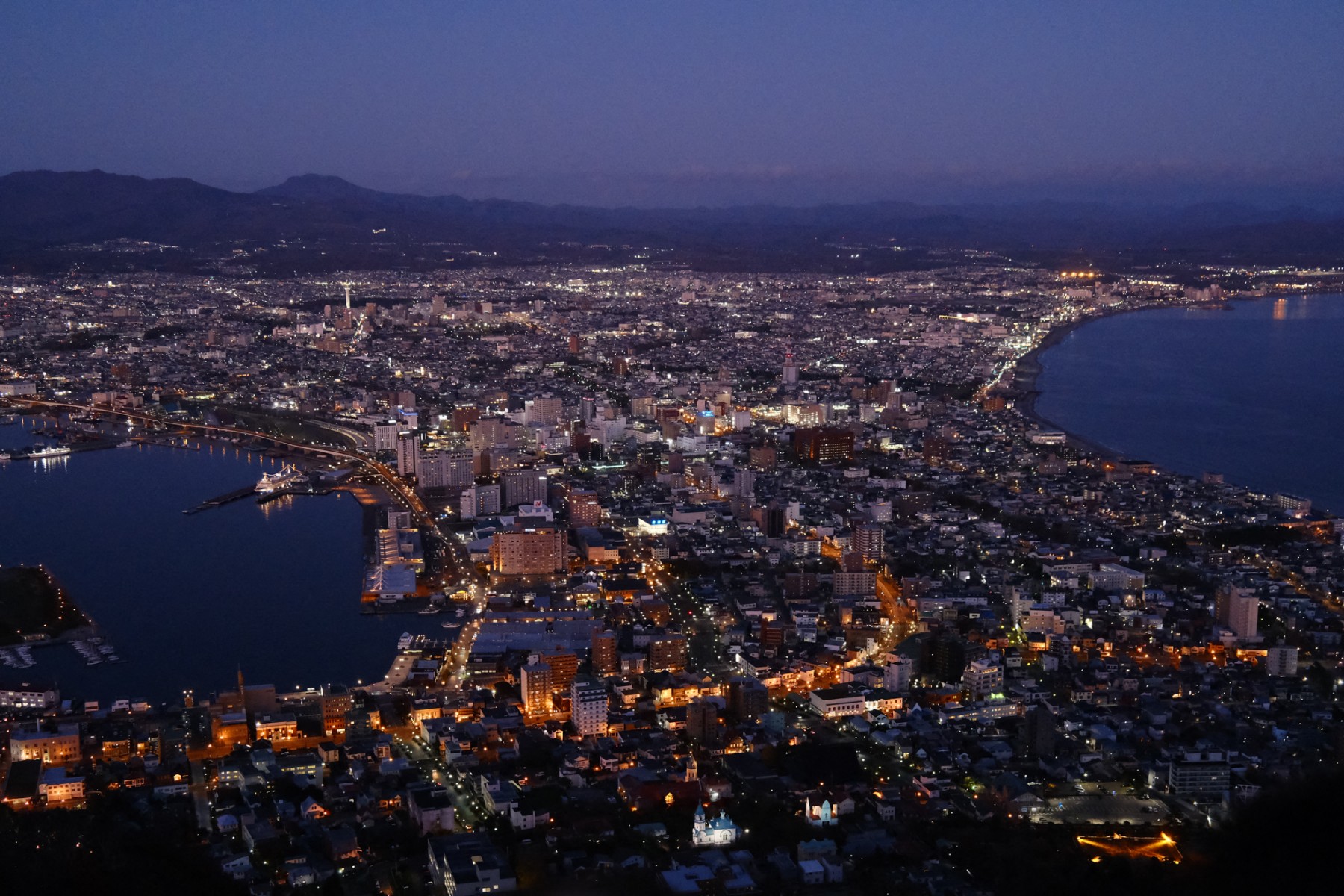
East Hokkaido
More than 800 km from Tokyo, the northernmost of Japan’s main islands, Hokkaido, is already firmly on the tourist trail. But instead of going to well-trodden destinations like ski resort Niseko or the historical port town of Otaru, head east for a slice of nature.
The vast expanses of Kushiro Marsh, Japan’s largest marshland, is famed for being a sanctuary for the red-crowned crane. Once considered endangered, the cranes now number around 1,800 thanks to conservation efforts. Called tancho in Japanese, the birds are a symbol of longevity and loyalty, not just in Japan but also in China and Korea.
Active types might like to join a guided canoe trip down the Kushiro River, or a trekking tour. From Kushiro Marsh it’s a leisurely 90-minute drive to Lake Akan, where you’ll find an onsen town and Akanko Ainu Kotan, a village home to the indigenous Ainu people of Hokkaido. There, you’ll find an art gallery, museum, theater and souvenir shops selling traditional crafts.
To experience even more unspoiled nature, head further north to the Shiretoko National Park, a UNESCO World Natural Heritage Site that borders the Sea of Okhotsk. There, you can spot brown bears and orcas in the summer and drift ice, or ryuhyo, in the winter. The best way to observe brown bears is by boat, waiting patiently until they come to the shore to feed. You can also experience drift ice in Abarashi, Utoro and Monbetsu, via drift ice walk, fat-tire bicycle or ice-breaking ship.
READ MORE: Sumo retirees play for laughs from tourists flooding back to Japan
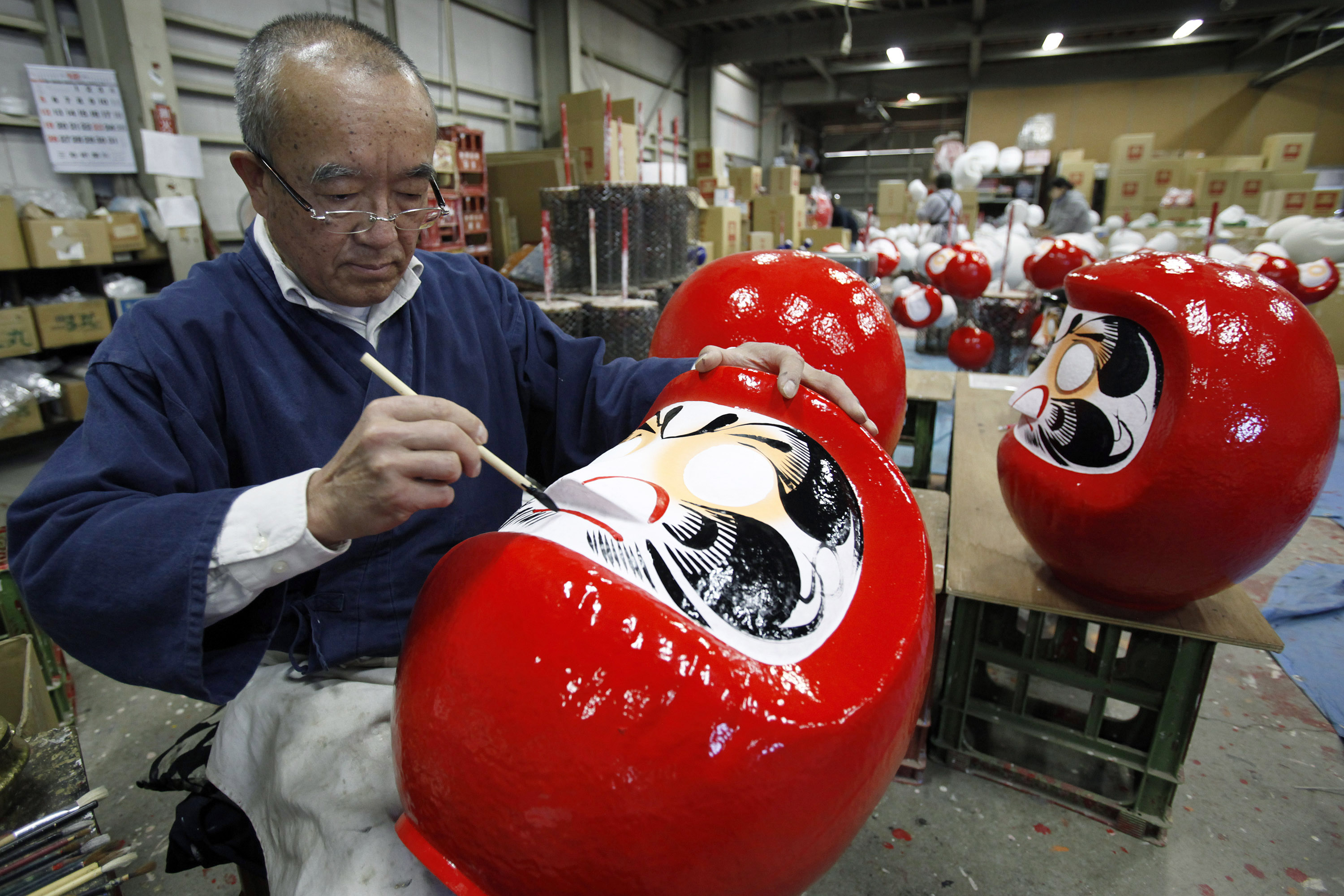
Gunma’s Onsen Towns
Located in the Kanto region, Gunma prefecture is best known for its mountains and onsen resort towns. If you’re after a relaxing soak, Kusatsu Onsen and Shima Onsen — where the Sekizenkan ryokan is said to be the inspiration behind the bath house in Studio Ghibli’s Spirited Away — are popular for their mineral-rich waters, and are consistently considered among Japan’s top onsen towns.
After a soak, visitors en route back to Tokyo via the shinkansen can stop in Takasaki, Gunma’s largest city. It’s known as the birthplace of the Buddhist daruma doll — tradition dictates you color in the left eye as you make a wish, and the other once your wish has been fulfilled.
The city is also home to one of Japan’s biggest standing Buddhist statues. At a shade under 42m, the Takasaki Byakue Daikannon depicts Kannon, the Goddess of Mercy. Climb the internal steps to her shoulders for some stunning city and mountain views.
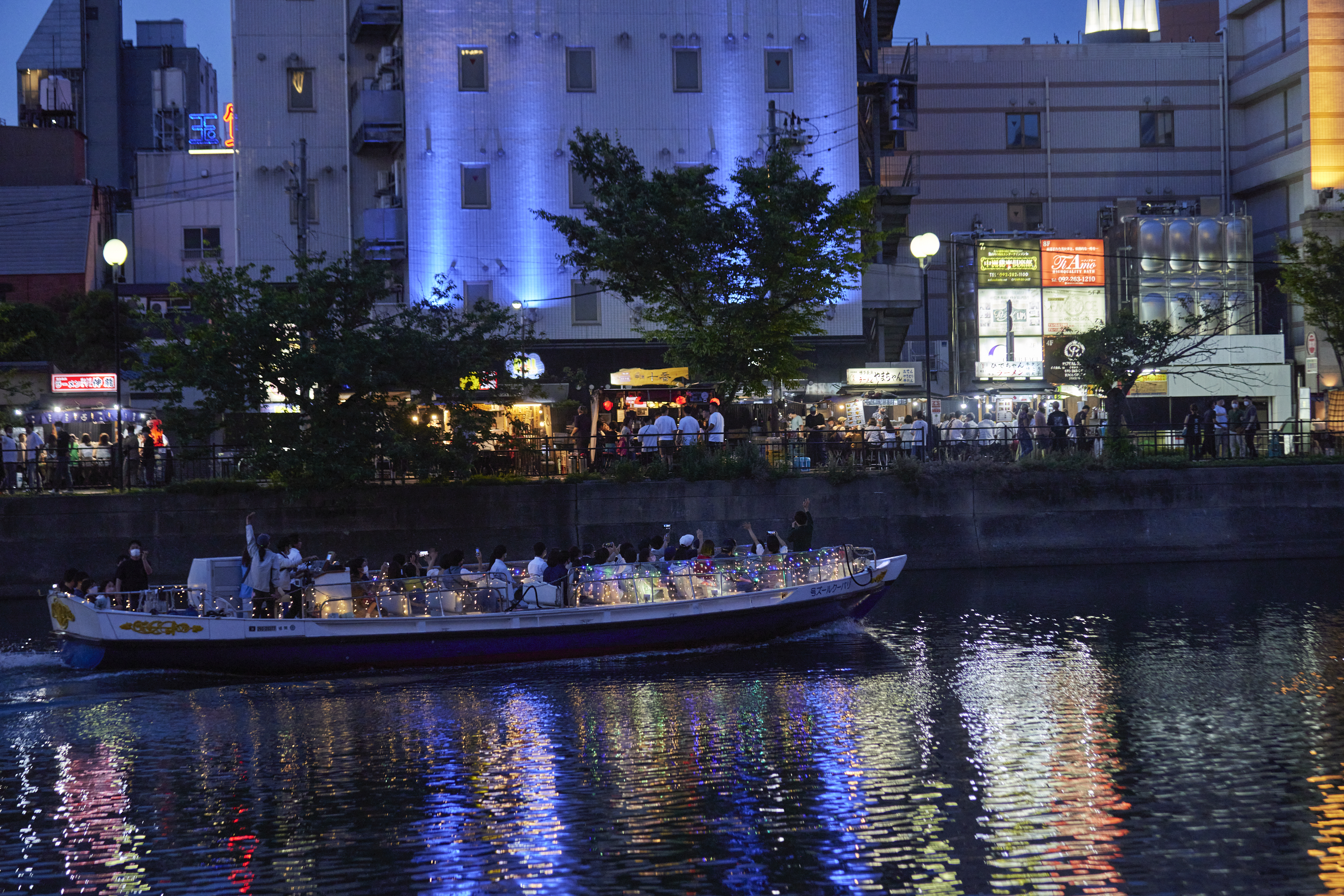
Fukuoka, Kyushu
Fukuoka is a gourmand’s dream. A not-to-be-missed experience is a meal at a yatai, outdoor food stalls that come to life once evening rolls around serving everything from ramen to grilled skewers (yakitori) and even French food. Each yatai usually accommodates around 10 diners, so expect to eat shoulder to shoulder with others.
Local specialties include the Hakata style of ramen, made with pork bone broth — two of Japan’s most famous ramen chains, Ichiran and Ippudo, owe their success to it — and motsunabe, an offal stew.
But there’s more to do than just eat. Fukuoka hosts the grand sumo tournament every November lasting two weeks, providing an alternative to attending the sport in Tokyo. Also head to Shofukuji Temple, Japan’s first Zen temple, where peace and quiet awaits.
Fukuoka also acts an excellent base and gateway to the rest of Kyushu, Japan’s third-largest island, which is filled with breathtaking volcanic and seaside landscapes. The town of Beppu in Oita prefecture, with its proliferation of volcanic steam vents, is known for onsen, while history buffs can visit Nagasaki city, known for its Western and Christian influence as well as the atomic bomb museum.
Finally, there's Kumamoto prefecture, known for its pristine nature. A highlight is Mount Aso, the largest active volcano in Japan and one of the biggest in the world, whose five key peaks stand in Aso-Kuju National Park. Explore the area by car, on horseback or by foot on its network of trails. A highlight is the immense 600m caldera, Nakadake, which boasts a milky green lake and belches plumes of smoke.


